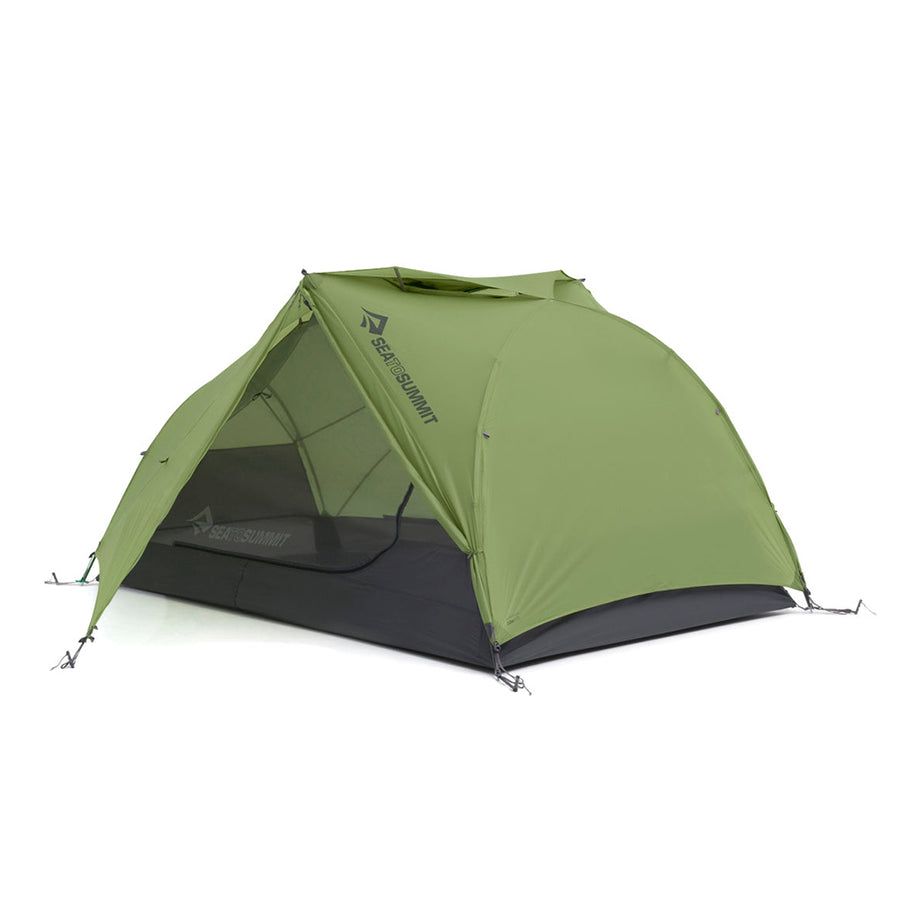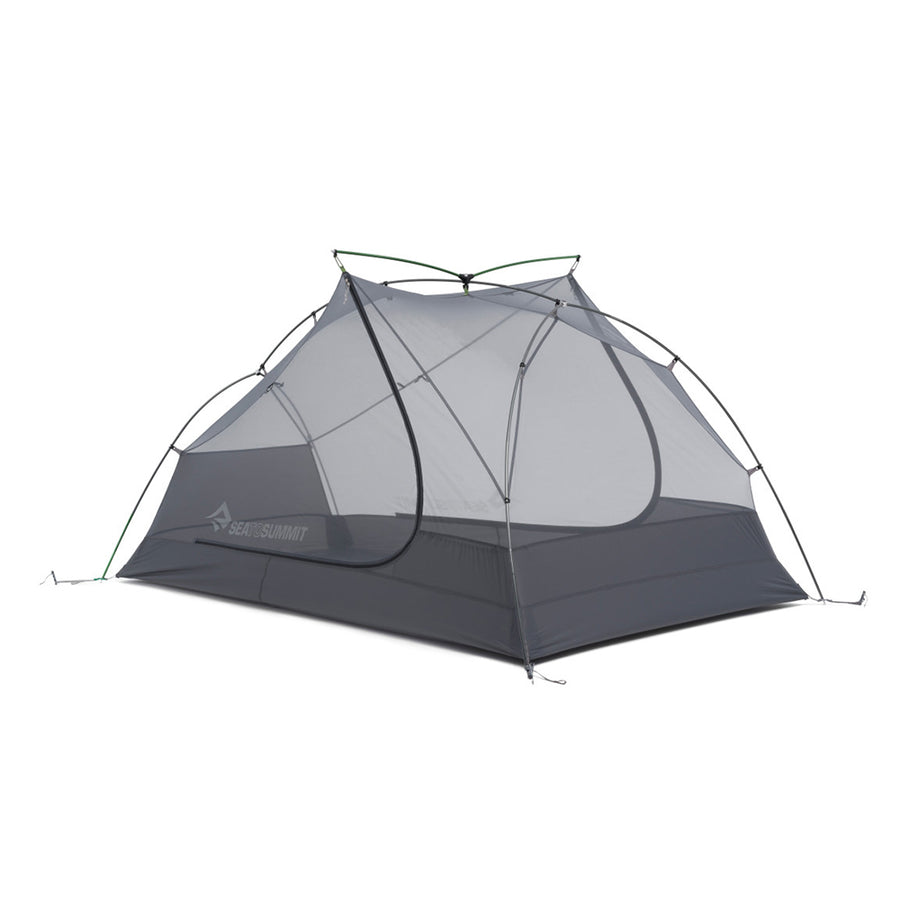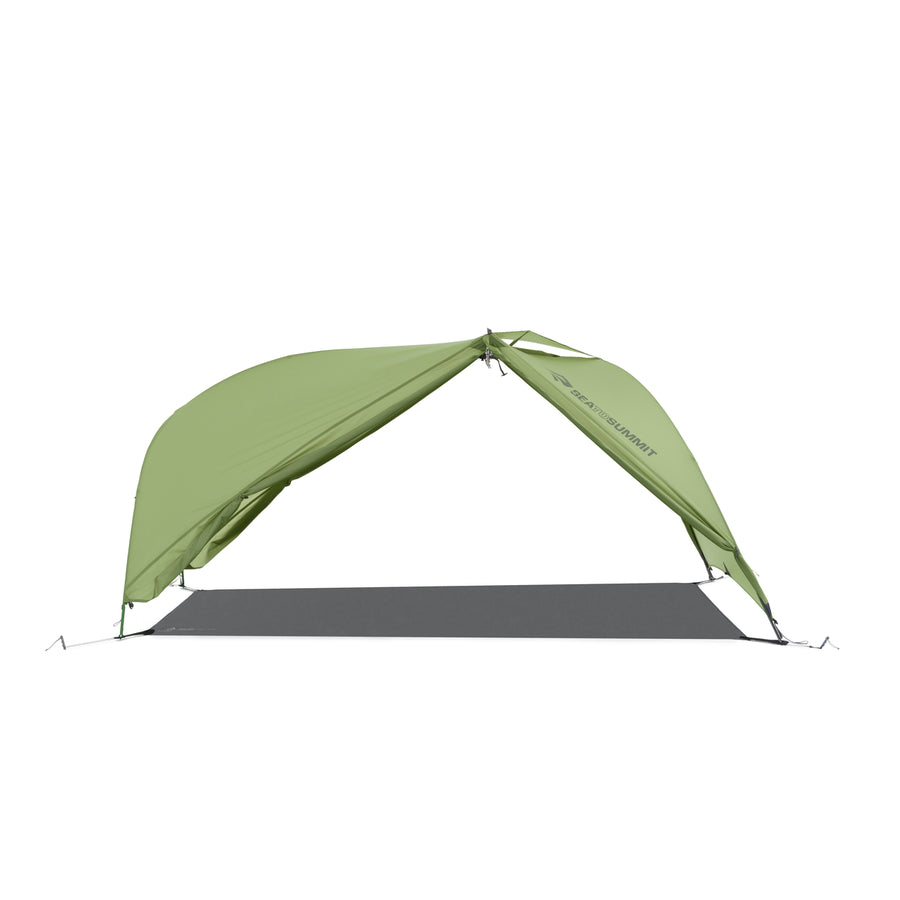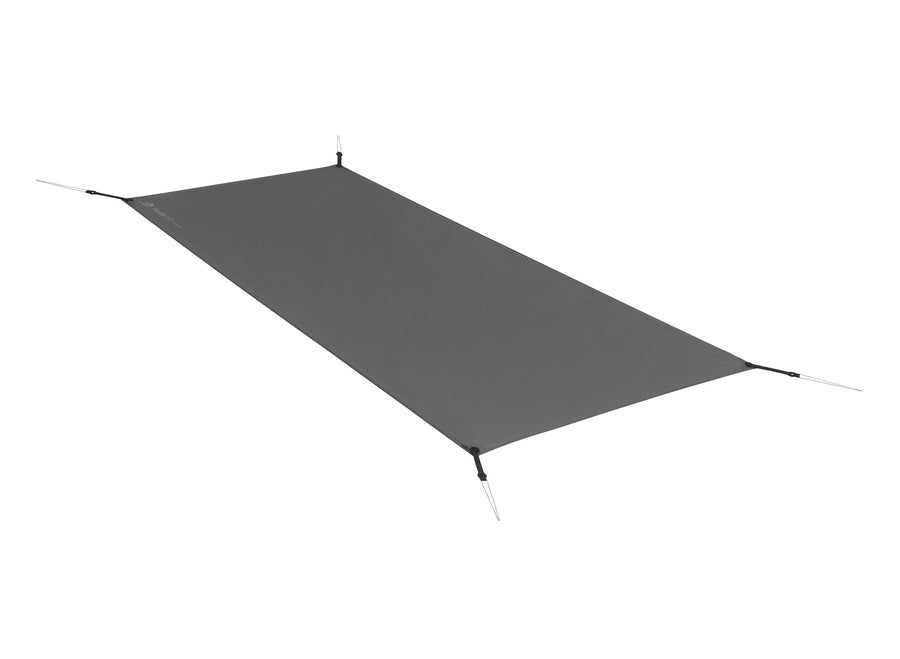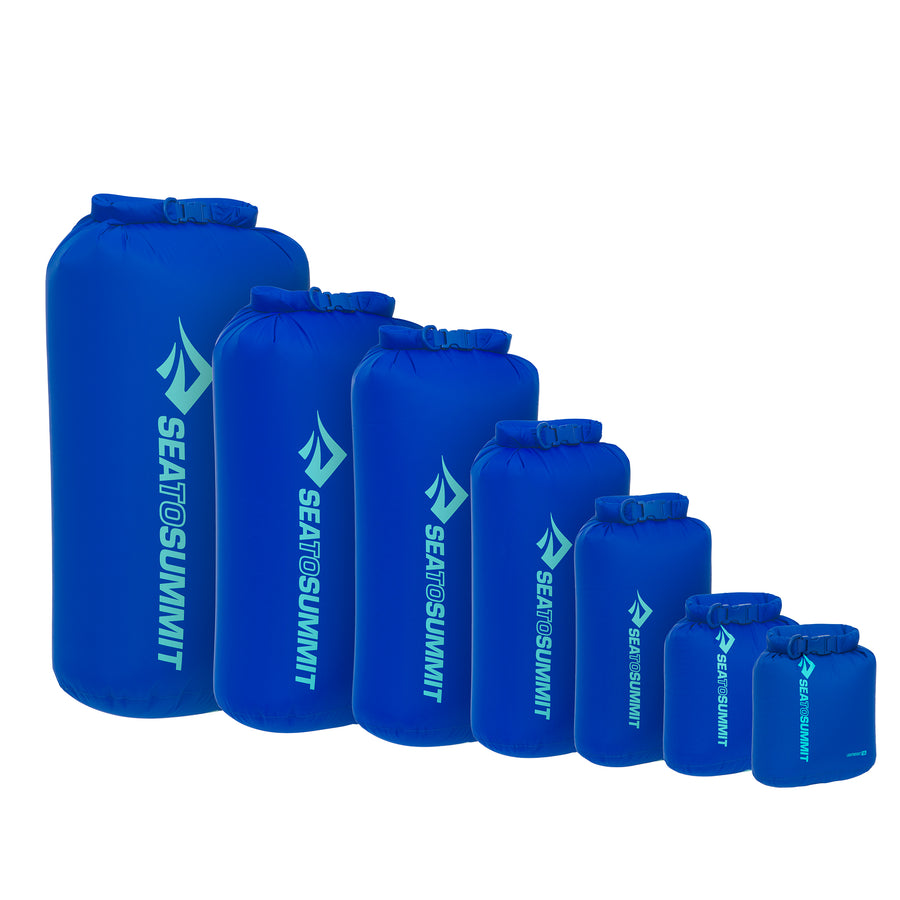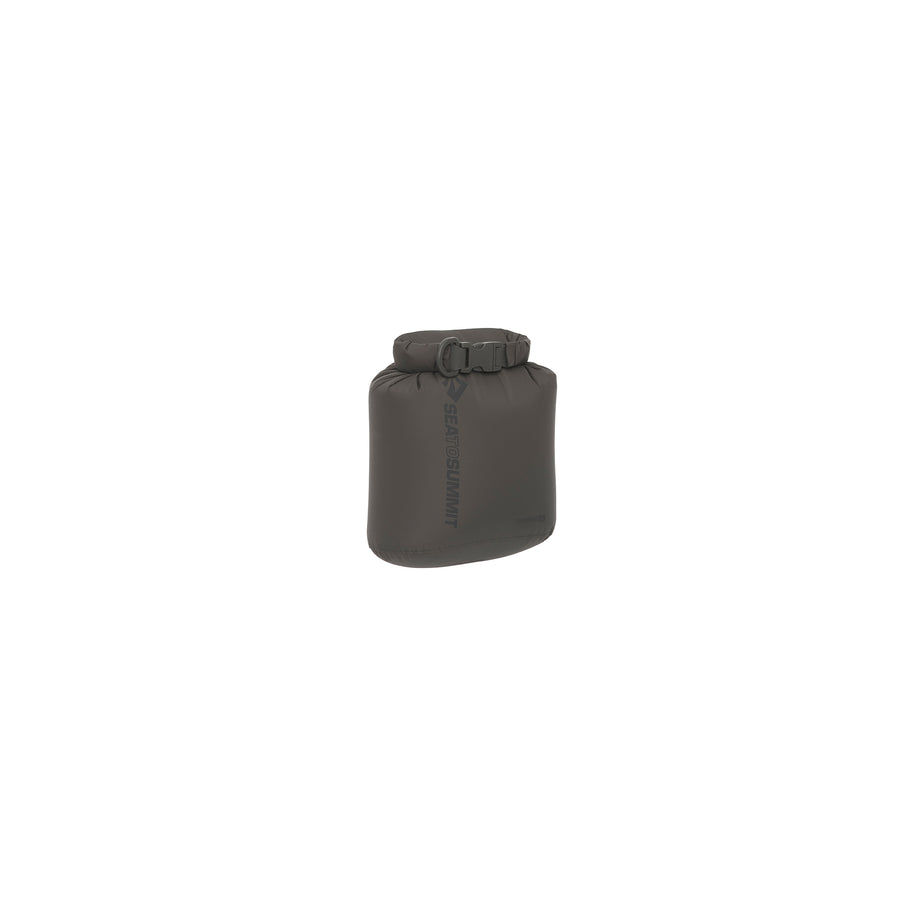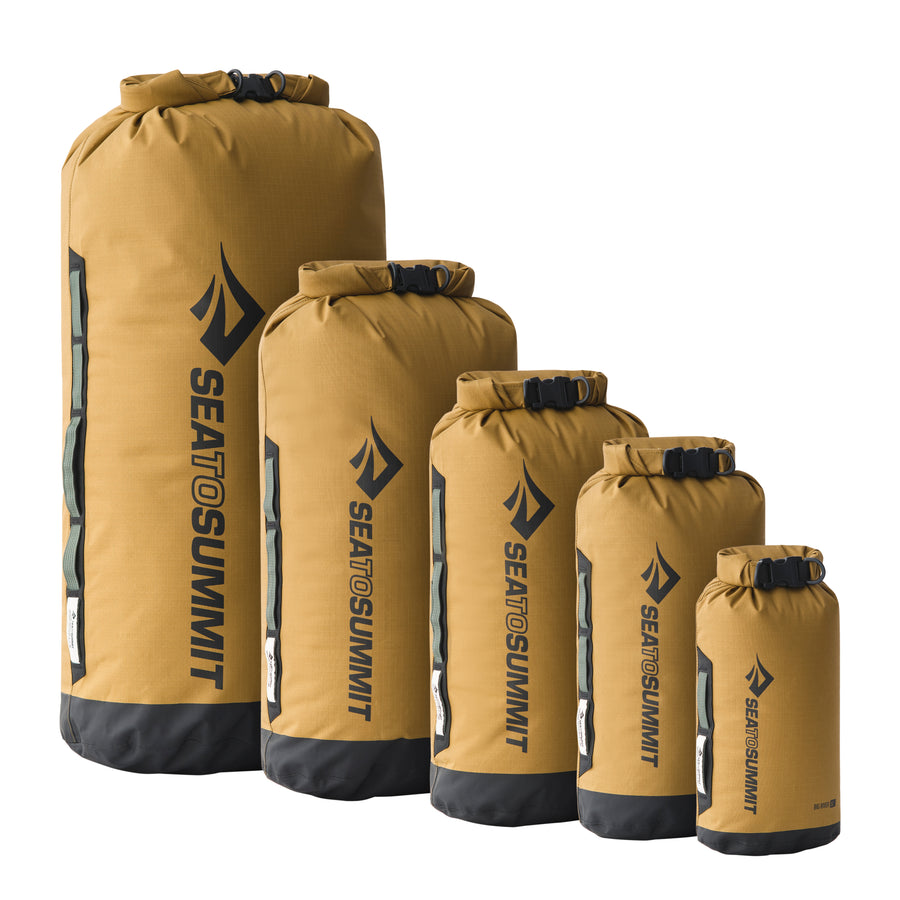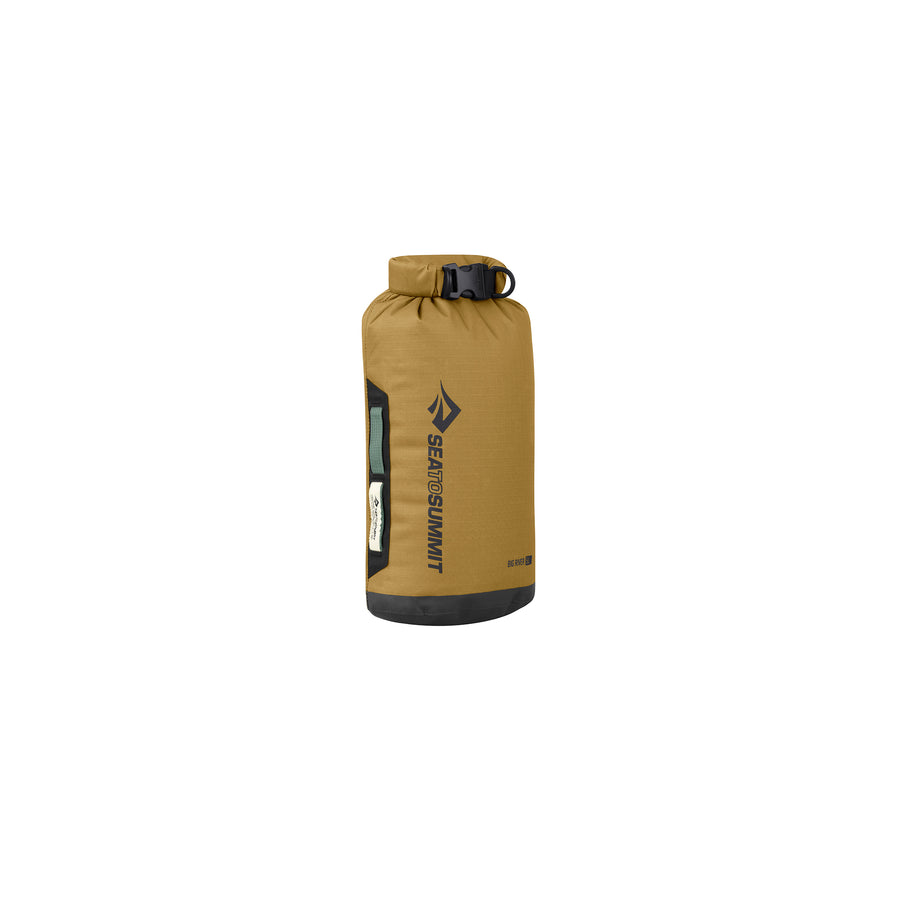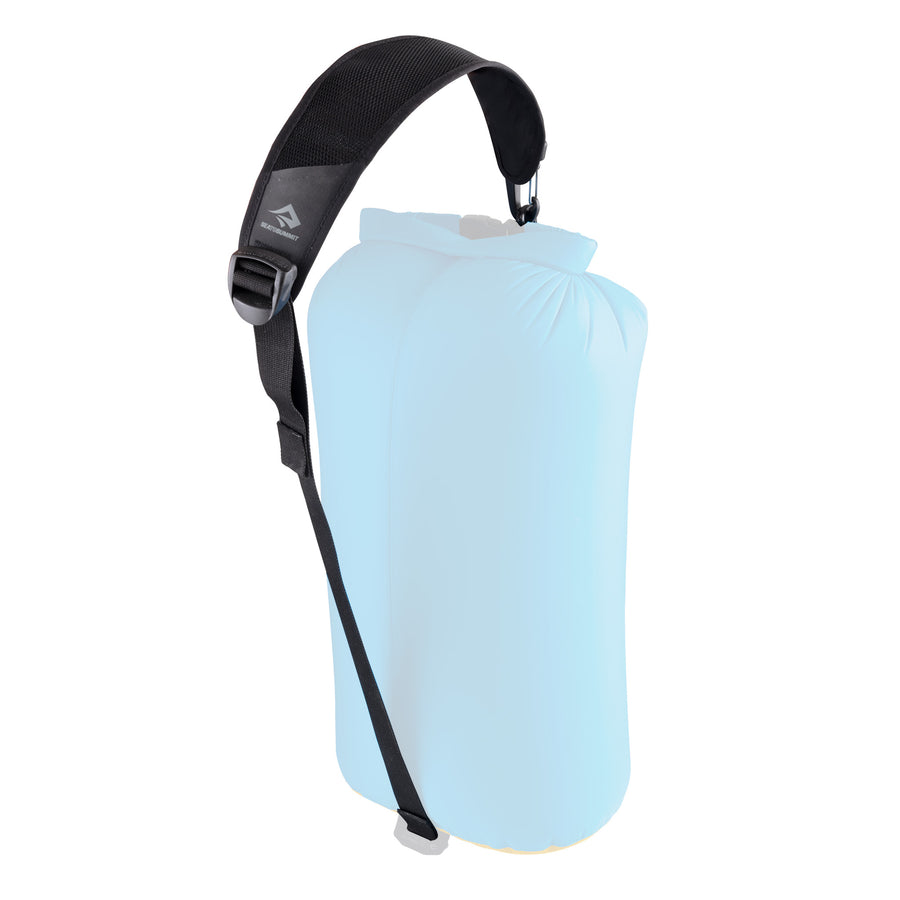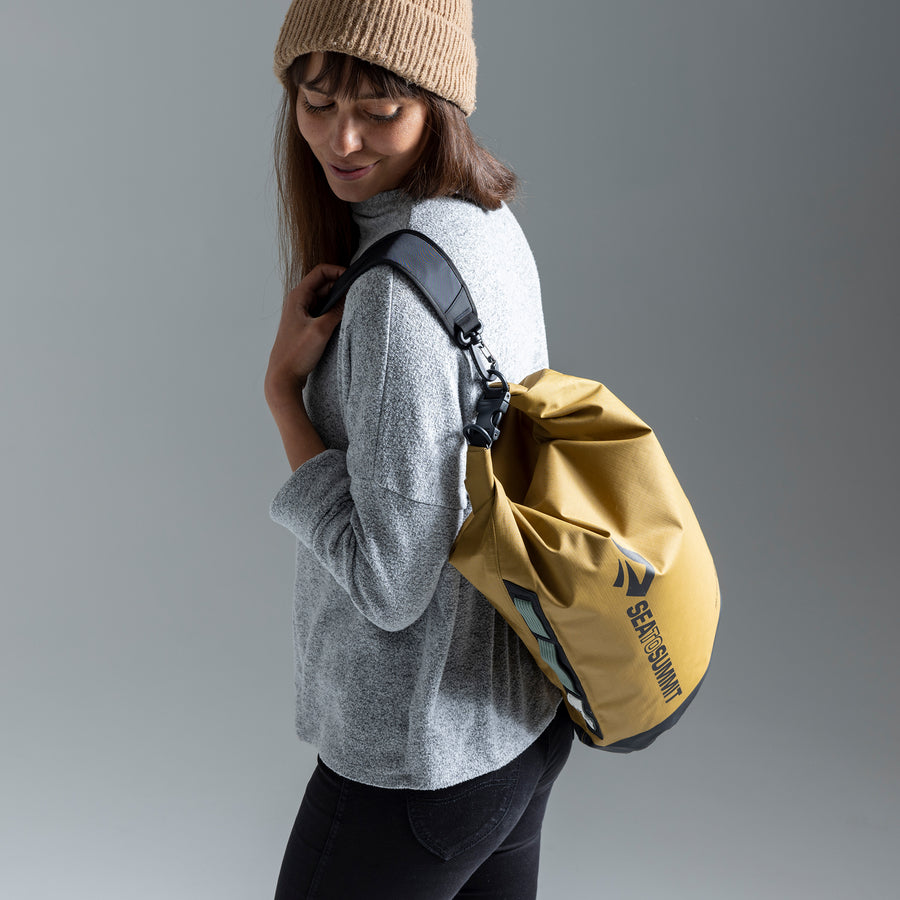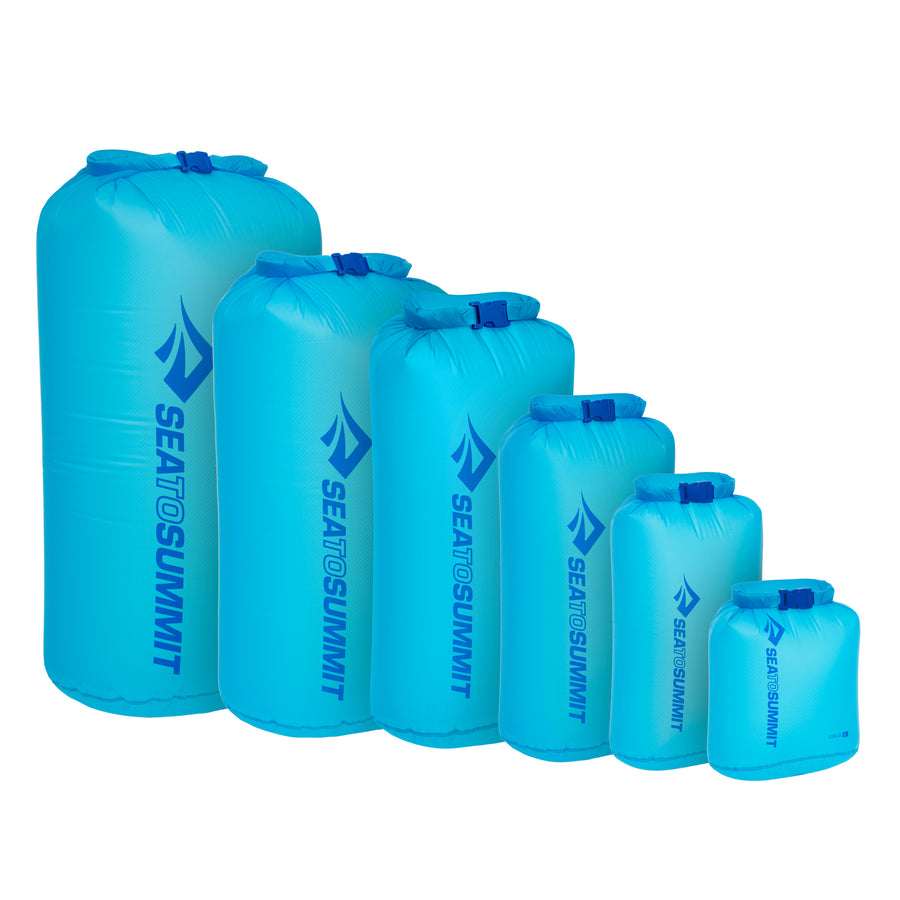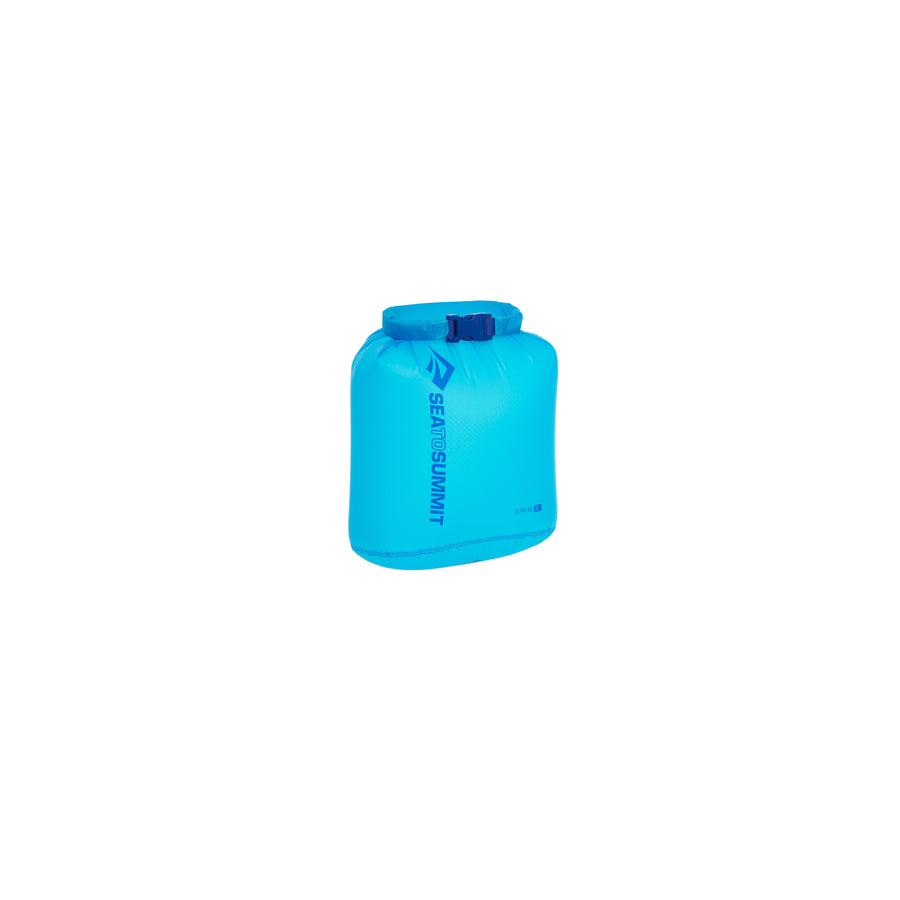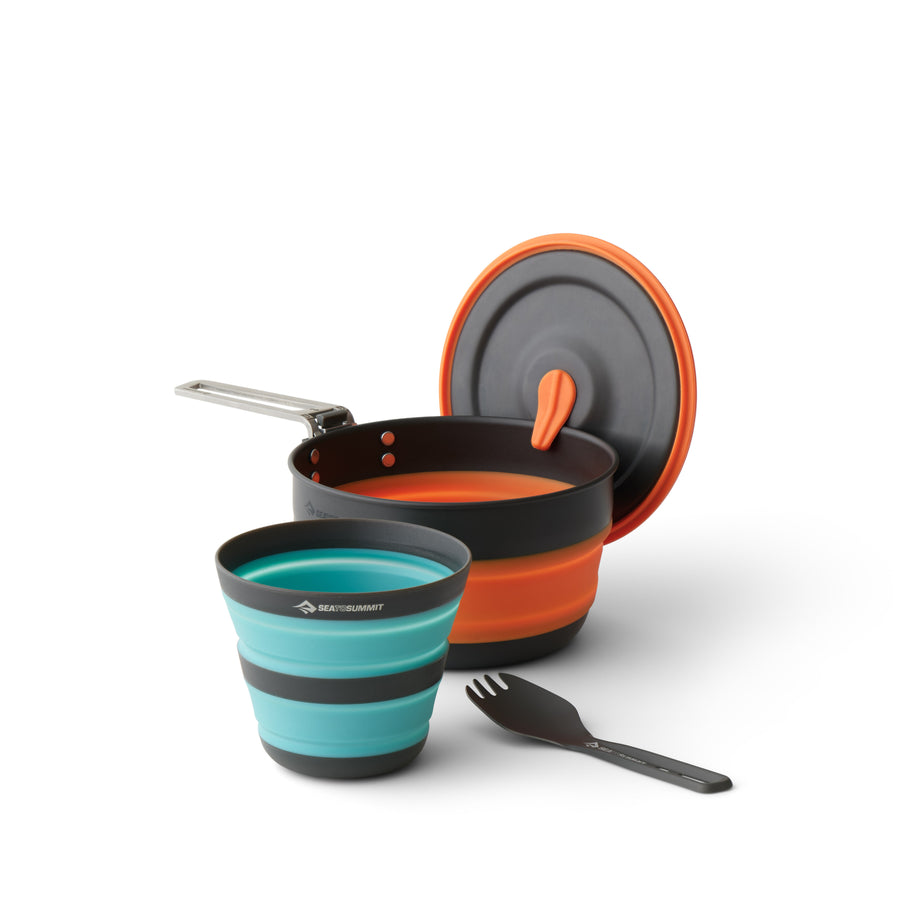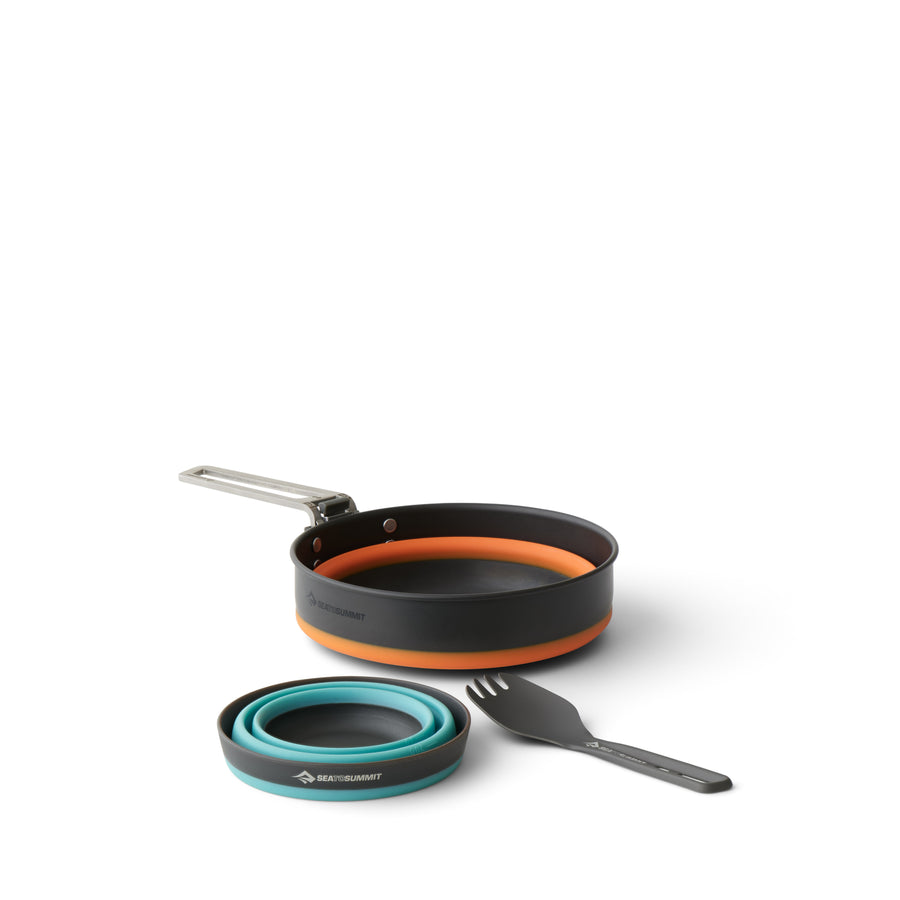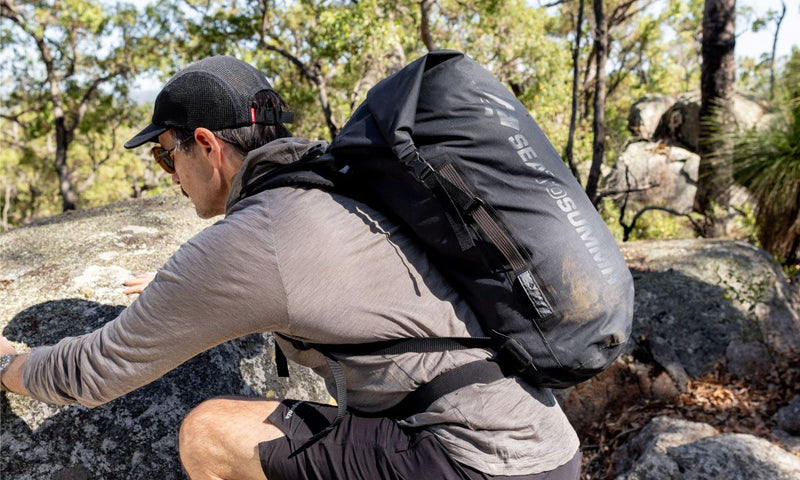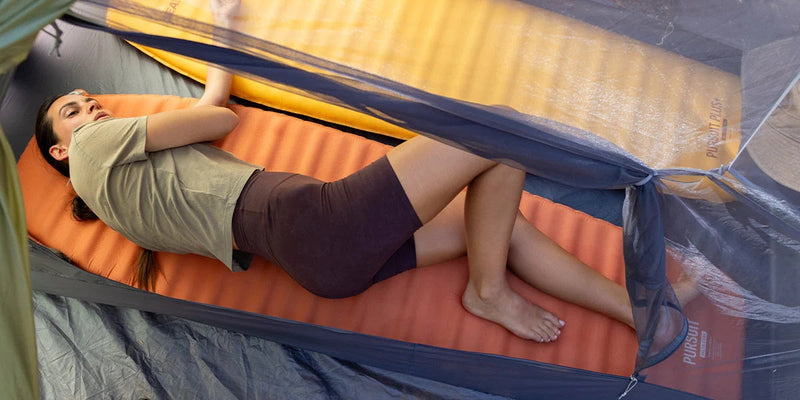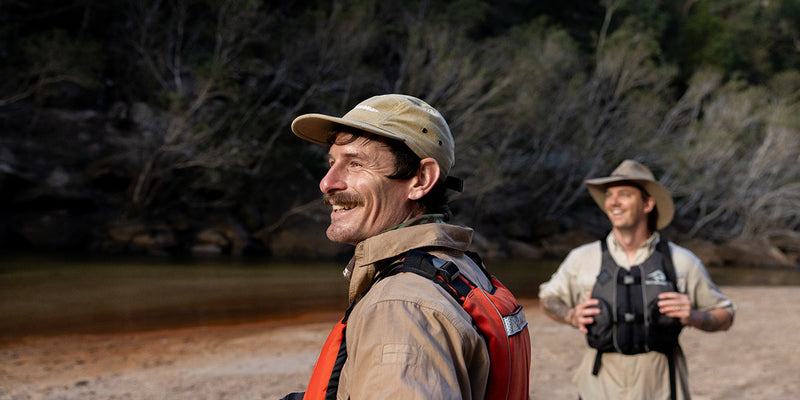Backpacking Food Ideas and Meal Planning 101

Food is one of the most important elements of a backpacking trip. It fuels your body and keeps you hiking day after day.
Packing the right backpacking food, and the right amount, can be the difference between having an amazing hike and wishing it was over already.
LEARNING THE ART OF BACKPACKING MEAL PLANNING AND PREP
My first real hiking adventure, where I had to plan out my backpacking meals, was the Te Araroa, a thru-hike in New Zealand. The first section of that thru-hike pretty much made me a professional backpacking meal planner.
I went to the shops a few days before I started walking, desperately trying to calculate calories so I wouldn’t starve. I became so nervous I hadn’t packed enough food that I kept going back to the supermarket and buying more snacks. In the end, I arrived in Ahipara, 62 miles later, with plenty of leftover food and very sore shoulders. Carrying extra hiking food usually comes in handy but there’s a difference between extra food and too much food. Naturally, I overcompensated on the next resupply by buying too little food. That was no fun either.
I was lucky that my hike began with only brief journeys into the wilderness. I could carry three to four days of food at a time and learn what worked and didn’t work. By the time I reached the more rugged, lengthier sections of the hike, I knew what my body needed and what my stomach liked.
The hikes between supermarkets stretched from seven to ten days but planning my backpacking meals had become relatively easy and quick. By the time I exited the longest section—ten days through the Richmond Ranges—I only had a few muesli bars rattling around in my otherwise empty food bag. I had also gifted my emergency supply to someone who hadn’t planned so well and had run out of food. It took me a lot of resupplies to get it right. So here are my tips to save you all of my mishaps while you meal plan for your next backpacking trip.

HOW MUCH FOOD WILL YOU ACTUALLY NEED ON YOUR BACKPACKING TRIP?
Backpacking burns through so much energy that mealtimes become an obsession. Hiker hunger is real—and can feel insatiable and overwhelming at times.
How many calories you need to consume depends on the trip. Are you climbing up mountains? Or walking on flat, easy terrain? Are you hiking 5 or 15 hours every day? How heavy is your pack?
Calorie requirements will be different for everybody and every trip. The general rule is to consume between 2500 and 4500 calories per day.
Make sure you know what kind of trip you’re heading into will help you plan the right amount of food. Don’t forget to check the elevation profile of the hike you’re embarking on.
Outside online shared a great calculator to work out how many calories per hour a hiker will burn based on their weight, pack weight, terrain and incline. I would think of your results more as a helpful guide rather than a hard-and-fast rule though. My pace varies from 3.5mph on flat easy terrain to 0.5mph through excessively muddy, overgrown forests. Without knowing the exact terrain and pace, you can’t perfectly calculate your energy requirements.
Point is—get an idea of how energy intensive your hike is and plan accordingly.

WHAT KIND OF BACKPACKING FOOD SHOULD I BE EATING?
Why do hikers love peanut butter so much? Short answer is—it’s delicious! Longer answer—it’s because we need lots of calories but can only fit so much into a backpack.
Your backpacking food needs to be calorie dense, easily packable and nutritious. It also needs to survive a week out of a fridge. Peanut butter fits the bill—and one serving size is only 20g (however, a ‘hiker’s serving size’ is as many spoonful’s as you can shove into your mouth). Nuts, muesli bars, dried fruit, instant noodles and beef jerky are also staples in a food bag.

DEHYDRATION IS A HIKER’S BEST FRIEND
Relax, I’m talking about food. The best way to get nutrient-rich, easy-to-prepare food, is by dehydrating it or freeze-drying it (which lasts longer than dehydrated food and tastes better).
You can buy freeze-dried meals and dehydrated meals from most outdoor shops and even some supermarkets—from ready-to-go spaghetti to risotto, butter chicken and more. You can also buy freeze-dried veggies and add them to your own meals. Just add boiling water and leave it for 10 to 15 minutes.
Store bought freeze-dried meals get expensive, so mixing and matching is a good idea. I would bring some freeze-dried meals to eat on long, difficult hiking days when I needed those extra calories. Otherwise, I would go for the hiker’s special—instant noodles with dehydrated potato and some sort of protein added in. I’d usually include a sachet of tuna, salmon or chicken for good measure.
If you have the option, dehydrating your own meals is a great way to prepare for a hike. You can make your favourite nutrient-rich meals and divide it up into serving sizes that work for you. Dehydrating takes time though, so you’ll need to plan.

CHOOSE NUTRIENT-RICH BACKPACKING FOOD
FRUIT AND VEGETABLES
Don’t be afraid of fresh fruit and veg. Sure, it weighs a little more—but think of the nutrients and the flavours! I would carry a few pieces of fruit and some carrots and eat them in the first few days of each section. That way, I wouldn’t have to carry the extra weight for too long.
Having fresh food is also a morale boost—something ‘real,’ rather than a constant diet of muesli bars and ramen.
CARBOHYDRATES
You’re mostly going to crave carbohydrates while hiking, it’s our bodies source of quick fuel. So stock up—but don’t forget to still find ways to put fat and protein in your diet.
PROTEIN
Hard cheeses last quite well on the trail for some extra protein, along with sachets of fish, chicken in marinade or cured meats like salami—and don’t forget those long-life silver-wrapped Laughing Cow cheese wedges!
For a while, I’d buy little sachets of whole olives in marinades in the local stores. They were a tasty fat source at lunchtime. Don’t be afraid to take different kinds of food hiking. You don’t have to subsist on calorie-dense protein bars and beef jerky alone.

WHAT KIND OF HIKING FOOD DO YOU LIKE?
Don’t just focus on weight and calories. Think about what kind of food you actually enjoy eating. If you don’t like peanut butter, don’t bring peanut butter on your hike (no matter how calorie dense that plastic container of nutty goodness is). Find something else that you’ll enjoy eating.
Don’t eat the same food day in, day out. Even if you like it to begin with, by the end you’ll gag whenever you look at that sachet of sundried tomato tuna. Packing a mixture of flavours and textures is going to keep your palate happy. Think—salty, sweet, crunchy, soft.
If something is starting to get too boring to eat, stop eating it and find a replacement. Even when starving, food that brings zero joy is hard to stomach.
QUICK-TO-PREPARE BACKPACKING FOOD
On a camping trip, sitting around the fire and preparing food can be a the highlight of the day. But on a hiking trip, you don’t want your day to revolve around food prep. Aim for easy-to-prepare backpacking meals that don’t use a lot of gas.
Pasta might sound delicious, but boiling water for so long uses a lot of gas. Gas that you have to carry in your pack. Aim for meals where you can turn the gas off once it comes to boil. Dehydrated meals, instant noodles or couscous are great options.

MAKE A BACKPACKING FOOD MEAL PLAN
How many breakfasts, lunches and dinners will you need? Dividing each day’s food up is the easiest way to track how much food you actually have. Sandwich bags are a backpacker’s best friend for this reason.
How many muesli bars have you allowed yourself per day? Do you have enough chocolate to last the trip? Split your trail mix up into daily rations so you don’t have to worry about overeating it.
It’s easy to carry too much food on a short hike—and very easy not to carry enough on a long hike. Ten days of food looks terrifying to shove into your backpack. It’s even more terrifying when you then have to pick that pack up and put it on your back. Following your daily plan, with meals rationed out, is the best way to know whether you’re carrying the correct amount of food.

LEAVE THE TUPPERWARE AT HOME
Get rid of any unnecessary packaging and aim to pack your food in lightweight bags. Containers take up a lot of space. And that extra weight adds up. Ziplock bags and lightweight dry bags are a handy and lightweight way to package and ration food.
I was such a newbie when I began that I didn’t even think to use a food bag. I just shoved all my food into my backpack and would have to sift around to find it at mealtime.
It only took a few days before I converted a dry bag into my food bag. They’re great for organisation and keeping critters away from your food. Having an airtight food bag was necessary to stop any possums or mice nibbling their way into my precious bounty. Plus, if any of my food spilt inside my pack, the mess wouldn’t reach my clothes and sleeping bag.

SAVE SOME FOOD FOR A RAINY DAY
It’s wise to always carry an extra half day or full days food in case of an emergency. If you hurt your leg or get held up by a storm, or a flooded river, you don’t want to have to rush to get to town. Rushing is how accidents happen.
The times I packed too much food were annoying. The times I didn’t pack enough, were stressful and reckless. When venturing into the outdoors, I think safety should always come before comfort.
Going hungry is fine, we survive. Hunger is something hikers get used to. But being too hungry can be dangerous, it impacts our energy levels and our hiking ability—and may lead us to make reckless decisions to make it to town before our food runs out.

TUCK IN!
Everyone discovers their own diet and menu for the wilderness. Mealtimes on popular tracks are often spent peering at what people pull out of their pack and either admiring it (and making notes for the next shop) or looking in horror as someone eats some strange creation they insist is delicious. Like everything, practice makes perfect—so get out there and find the food that works for you.
Happy hiking—and enjoy eating your body weight in snack food.
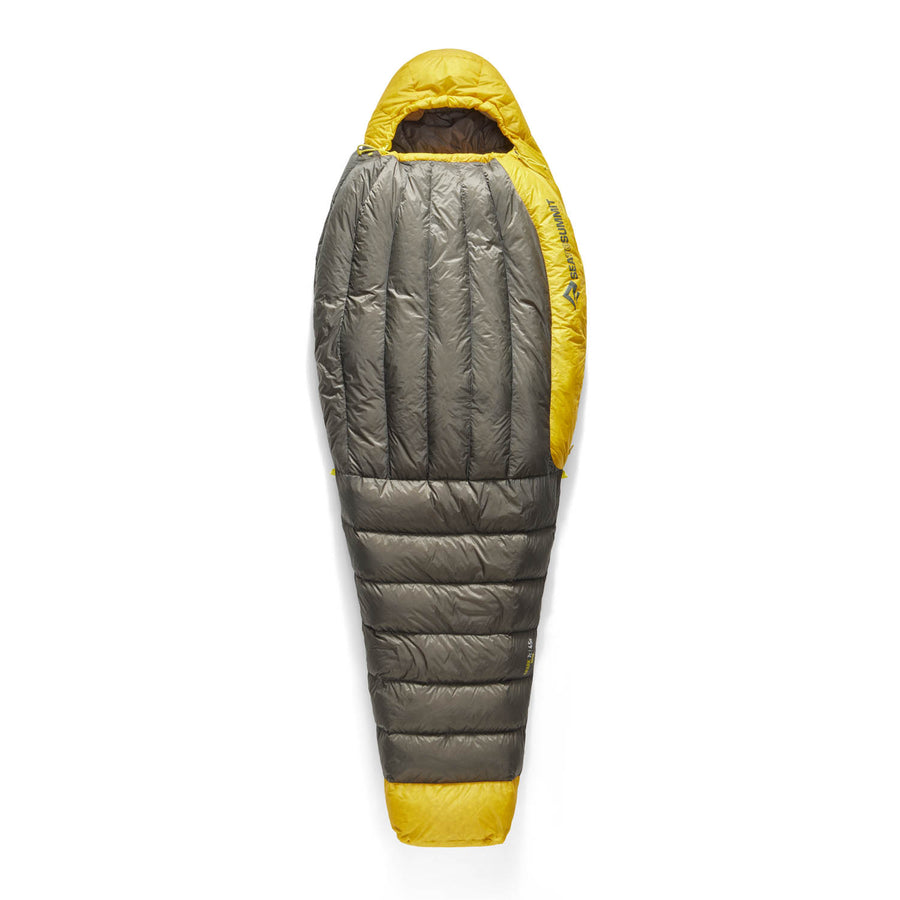
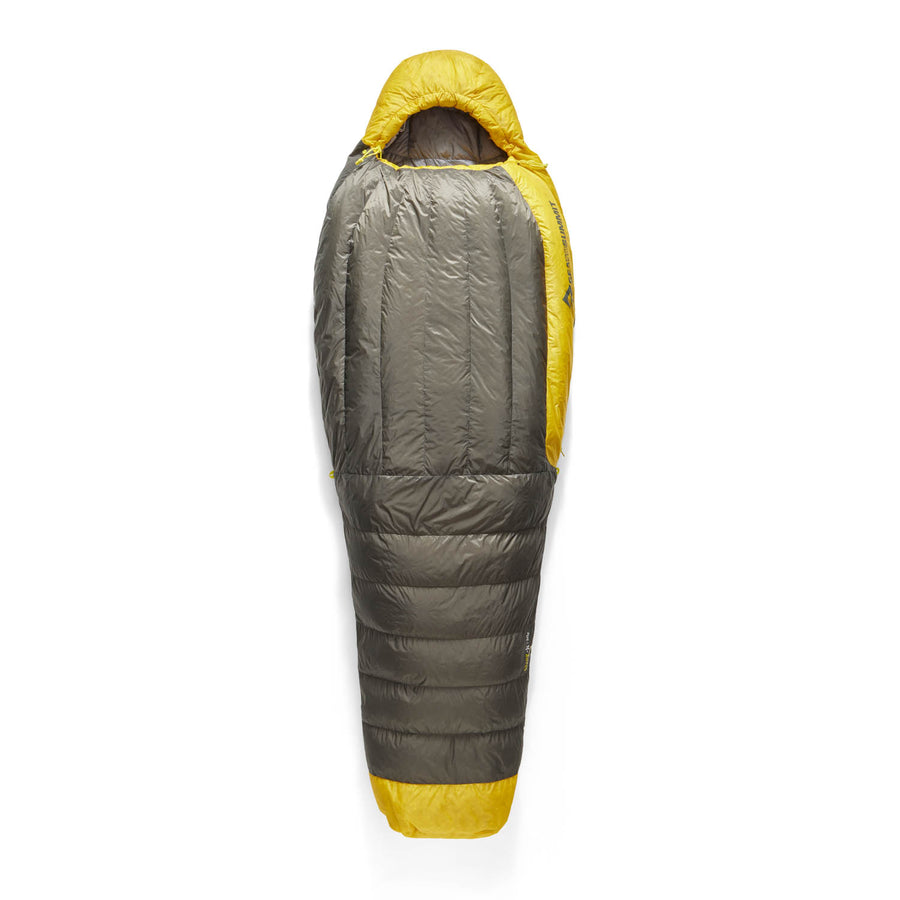
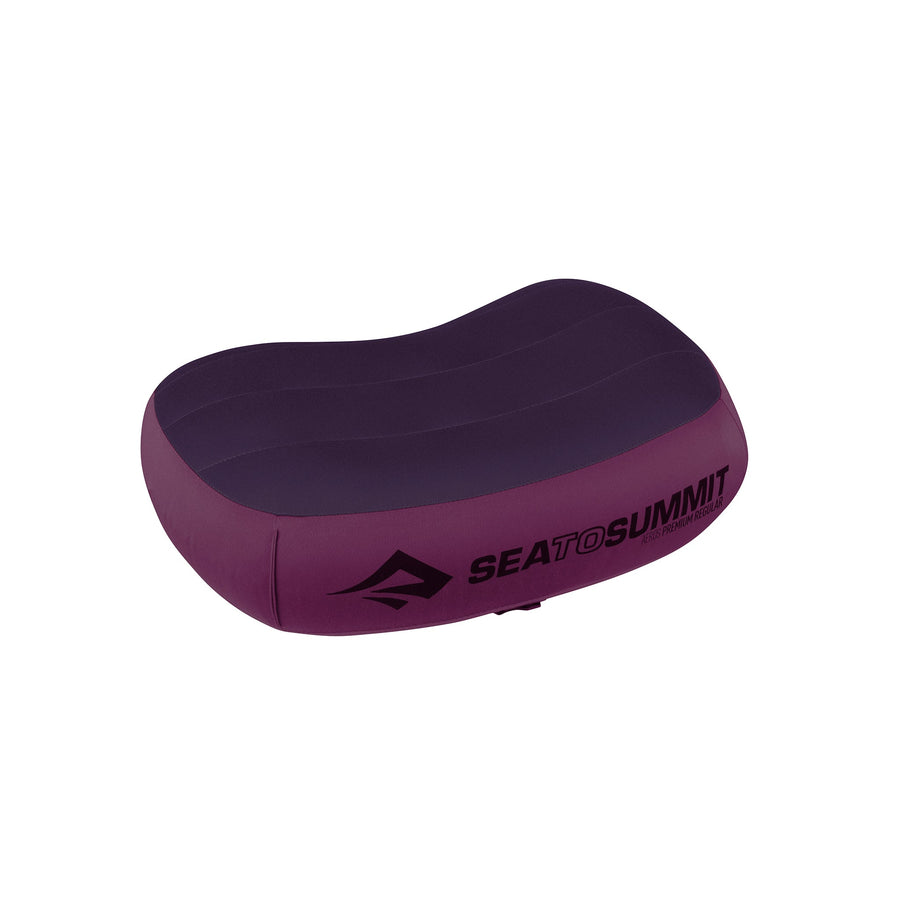
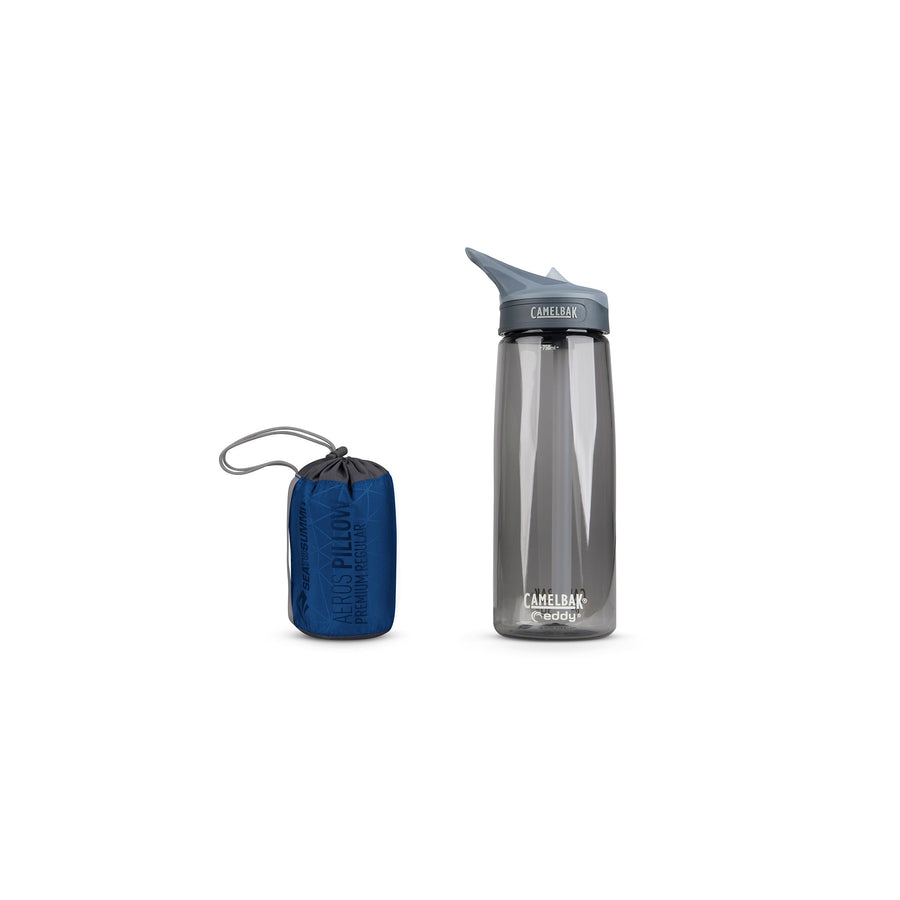
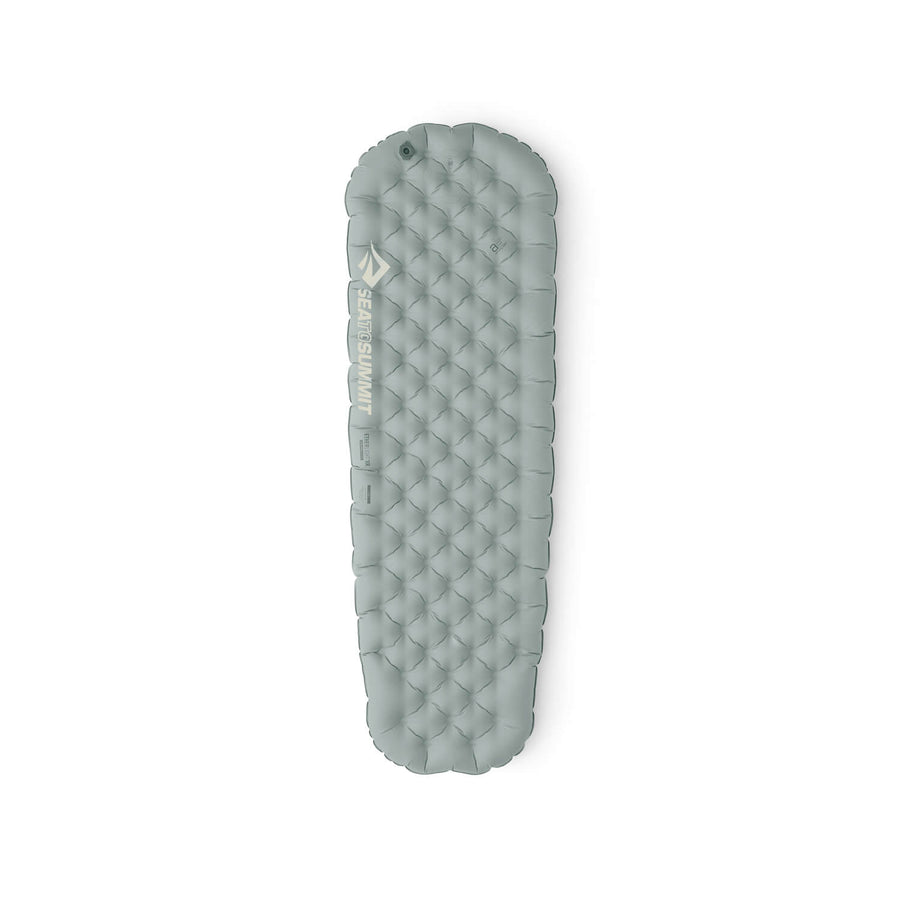
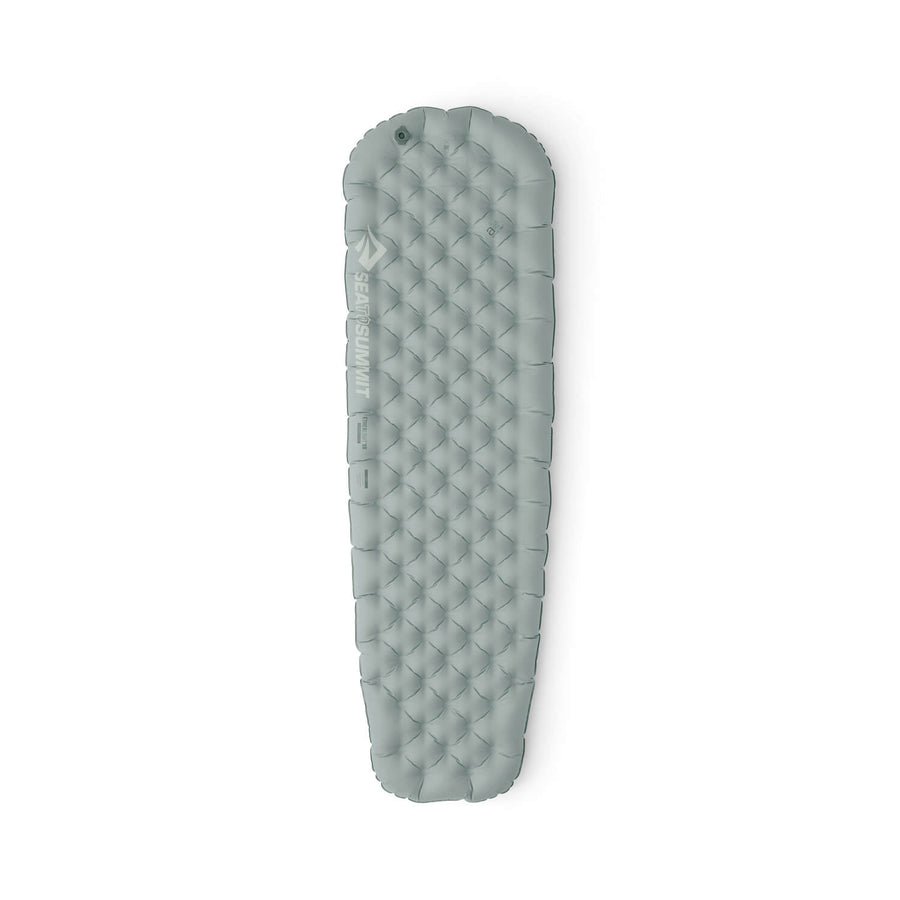
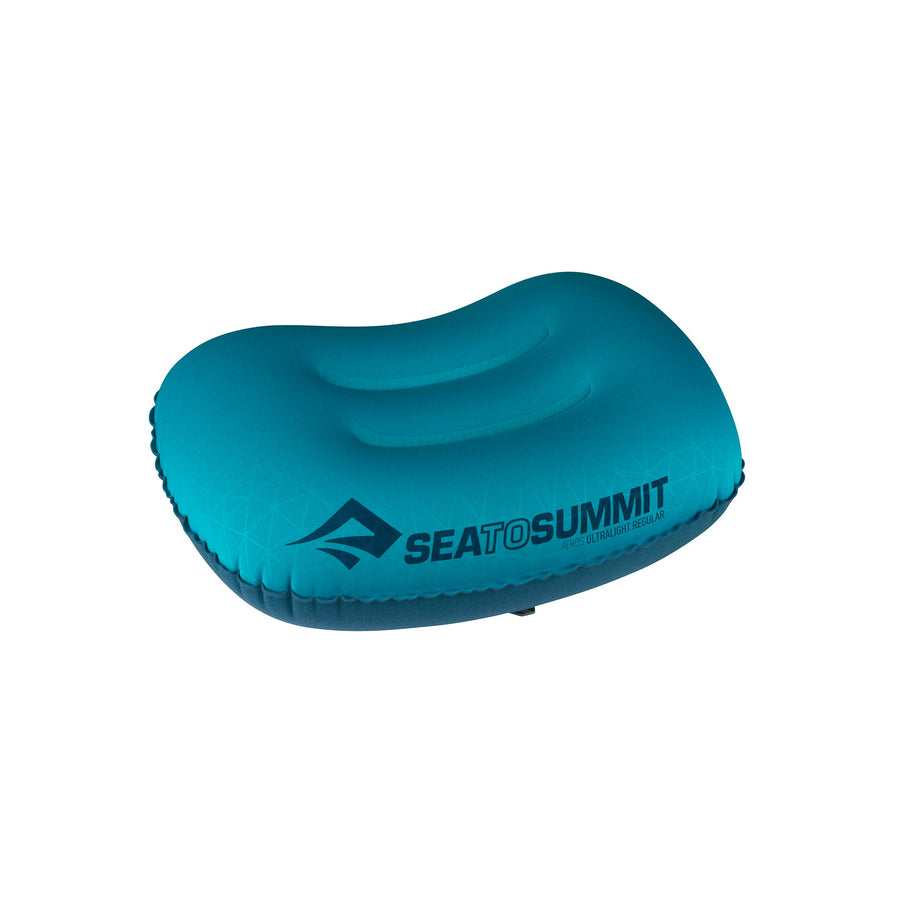
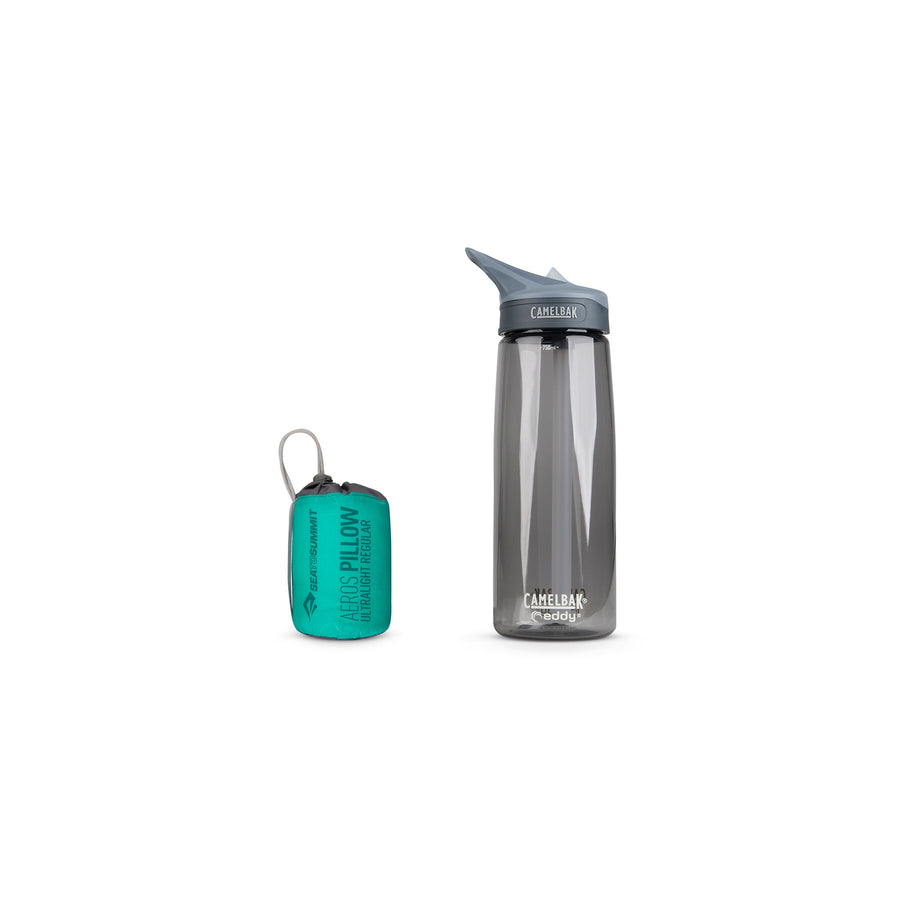
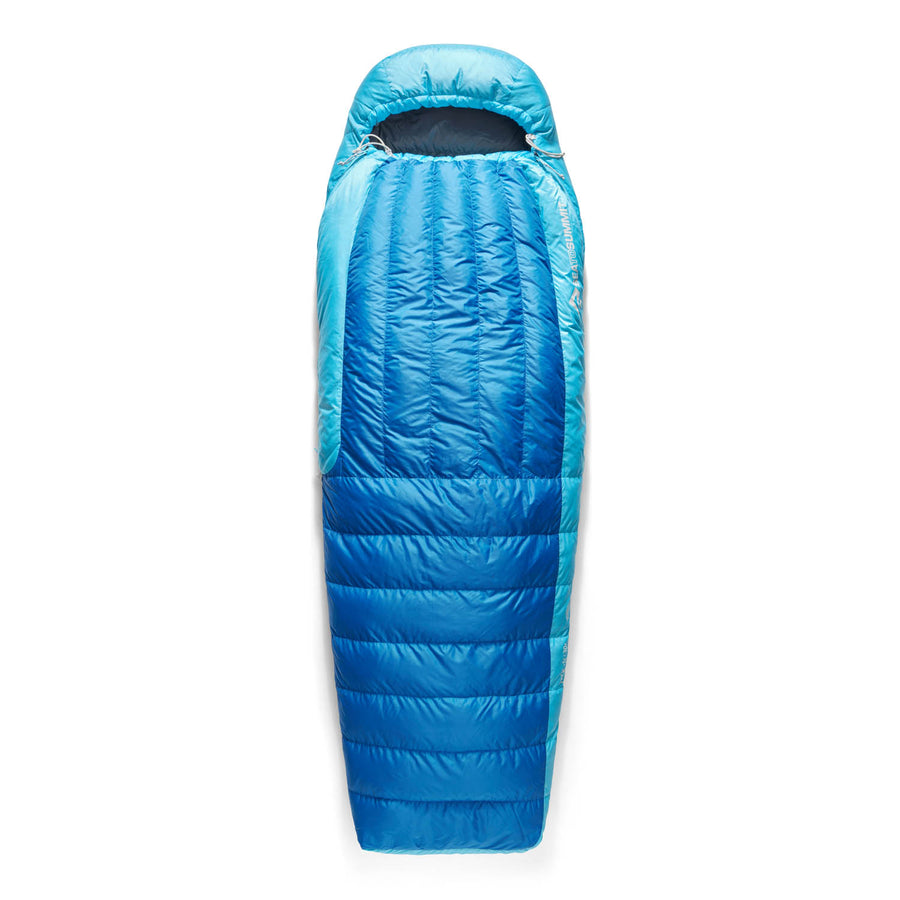
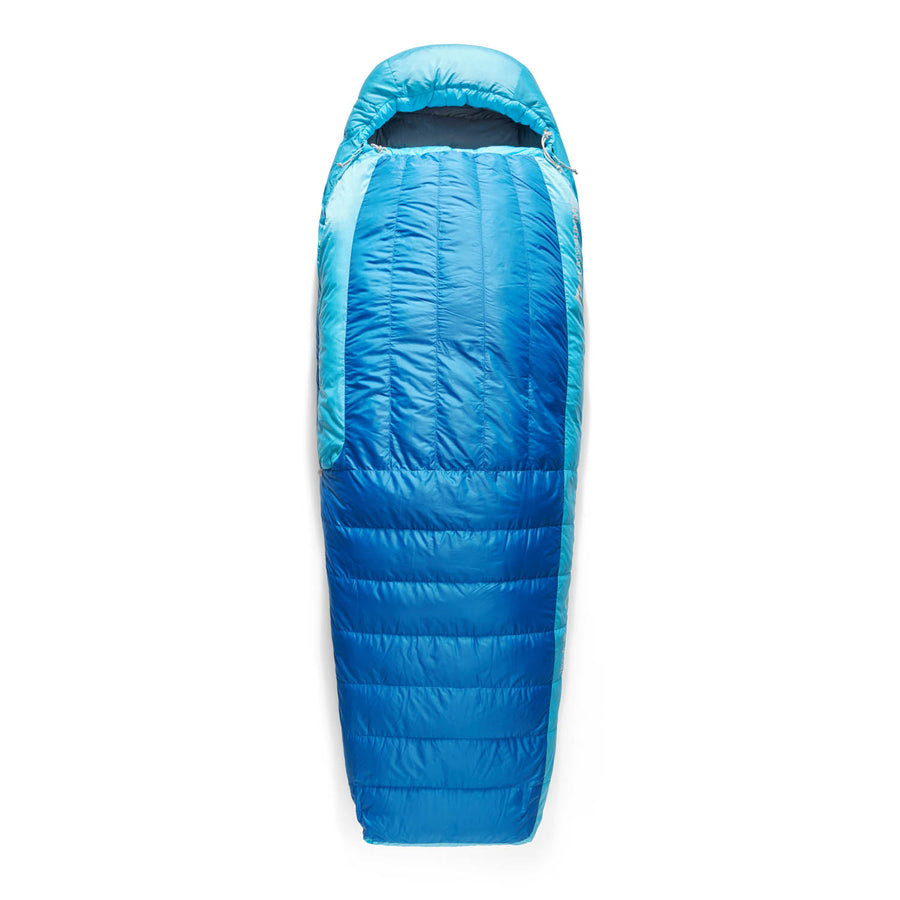
![Frontier Ultralight One Pot Cook Set - [3 Piece]](http://seatosummit.com.au/cdn/shop/files/FrontierULOnePotCookSet1P3Piece1.3LPotWithS-BowlandCup_ACK027031-122114_PRIMARY-1200x1200-9c6bd91.jpg?v=1749433473&width=900)
![Frontier Ultralight One Pot Cook Set - [3 Piece]](http://seatosummit.com.au/cdn/shop/files/FrontierULOnePotCookSet1P3Piece1.3LPotWithS-BowlandCup_ACK027031-122114_ADDITIONAL_1-1200x1200-9c6bd91.jpg?v=1749433473&width=900)
